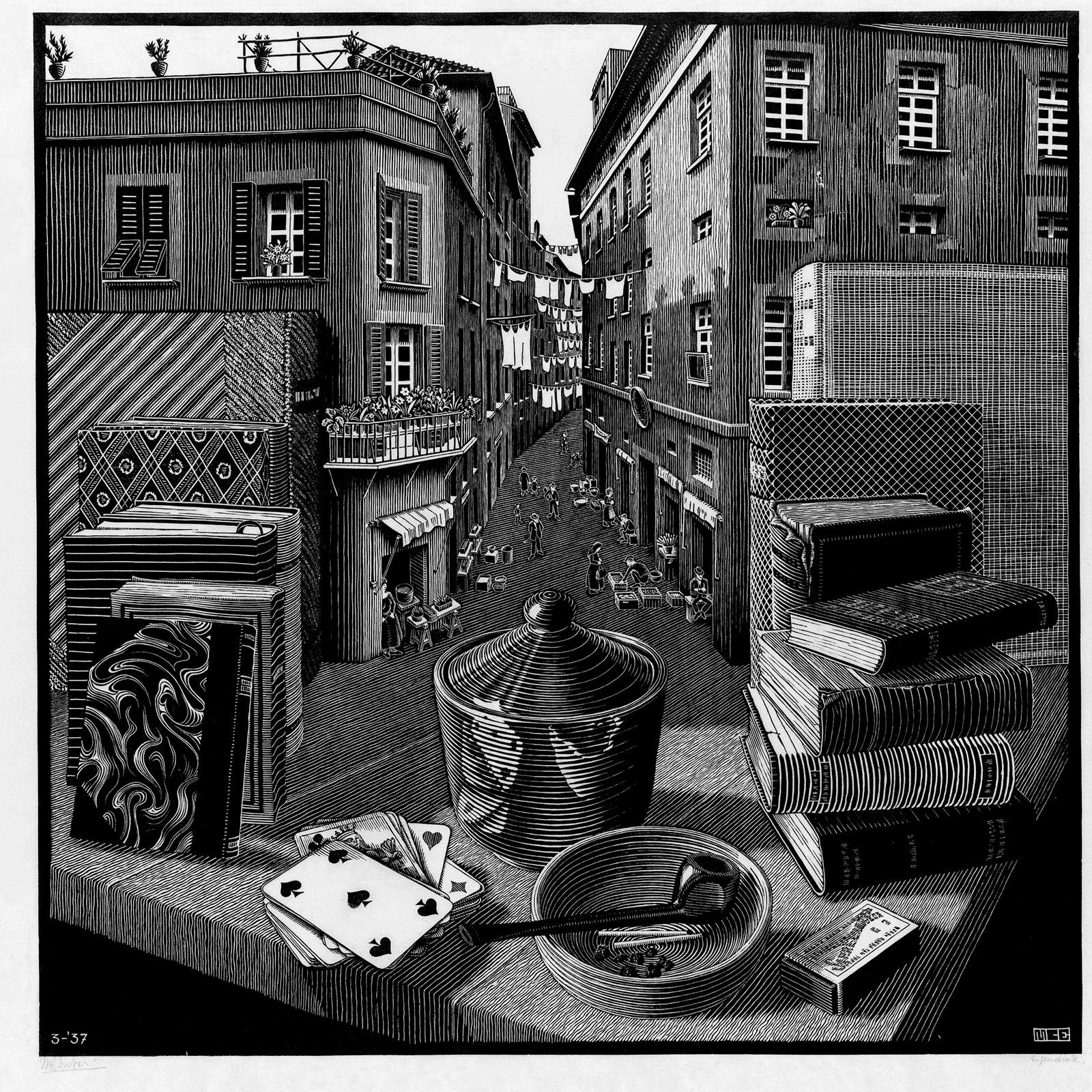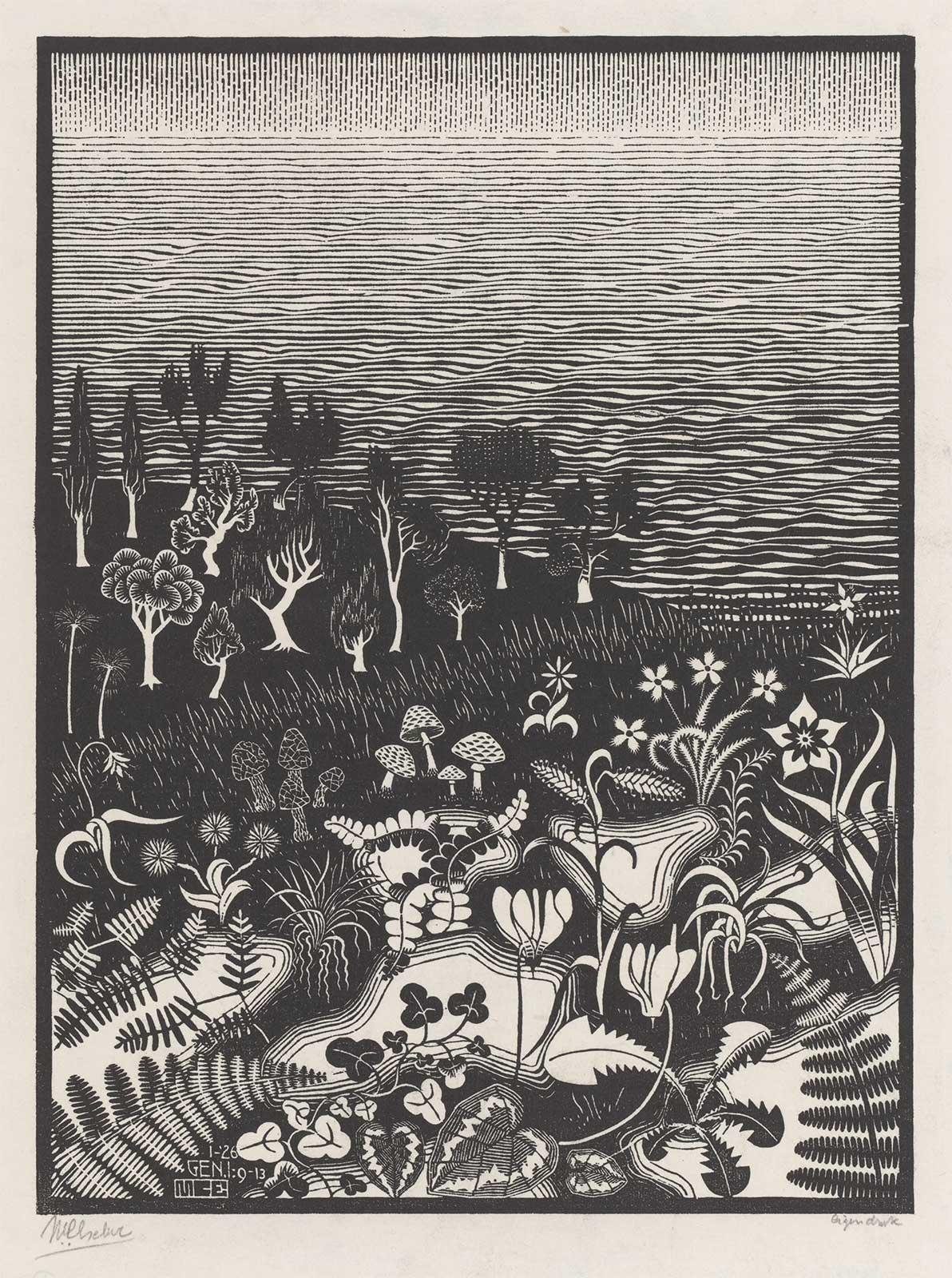

Dutch newspaper De Volkskrant publishes a gradually expanding series on postwar pop culture in the Netherlands. The paper describes the history in 100 objects, focussing on utensils, decorative items, sports equipment, clothing and art objects too. Art journalist Mark Moorman wrote a piece on the wooden sphere featuring lizards that Escher had carved from beech wood in 1949. We have translated it for our readers from abroad.
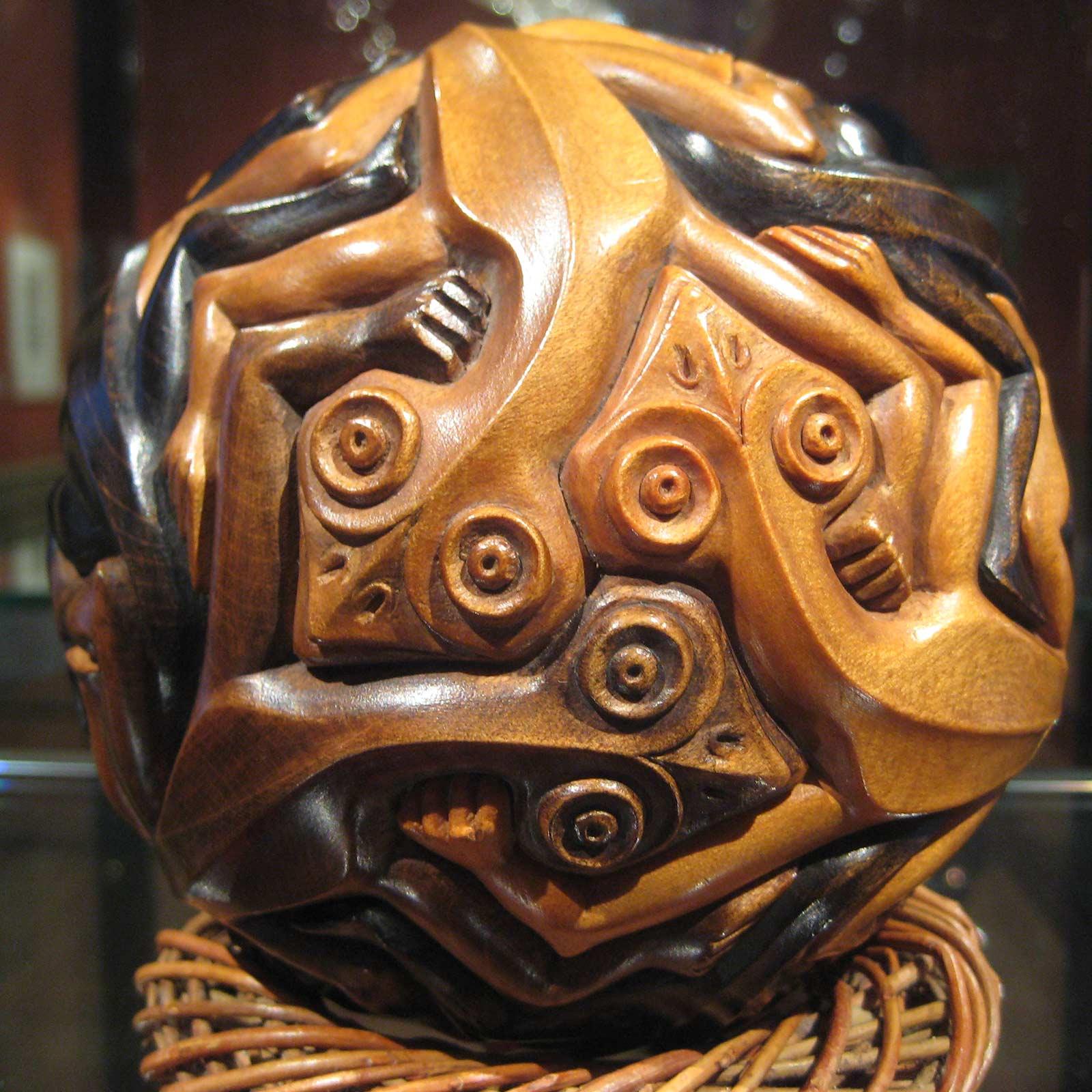
The sphere measures 14 centimeters in diameter. The rich oeuvre of graphic artist M.C. Escher features only three of them: one with fish, one with human figures and one with lizards (see photo). It is a magnificent object, but definitely not one intended to be used as a stress ball.
With it, Escher solved a problem he was struggling with on a flat surface. About the first sphere, the one with the fish, he wrote:
'If one turns this sphere round in one’s hands, fish after fish appears in an endless succession. Though limited in numbers, they symbolise the idea of limitlessness in a manner that cannot be achieved with a flat surface.'
Infinity, then, and nothing less. ‘To infinity and beyond!‘, as Buzz Lightyear would say.
Escher is not usually included in a list of the greats of Dutch art history. He is not mentioned in the same breath as the ‘Great Three’ (Rembrandt, Vermeer and Van Gogh). Yet in recent years, Maurits Cornelis Escher (1898-1972) has become one of the best-known Dutch artists around the globe. In 2011, nearly 40 years after his death, 573,000 people visited an exhibition in Rio de Janeiro, making it the busiest one that year. Worldwide. This is not just due to the Brazilian preoccupation with infinity; in 2015-2016 half a million Italians visited an Escher exhibition that travelled from Rome to Bologna and Milan.
It may well be that more people have gazed endlessly at his dazzling woodcut Relativity (1953) than at Girl with a Pearl Earring or The Night Watch. The title might not be familiar to you, but the picture (a labyrinthine staircase where gravity has lost its meaning) certainly will be, even if you have only seen it on a wall at your high school, where it mysteriously managed to sum up your feelings about having to endure a double lesson of German.
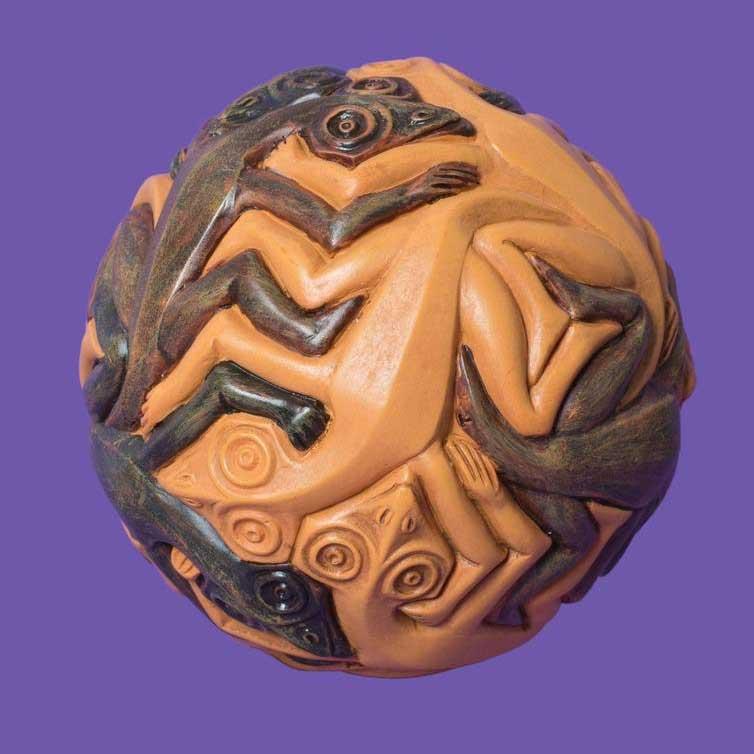
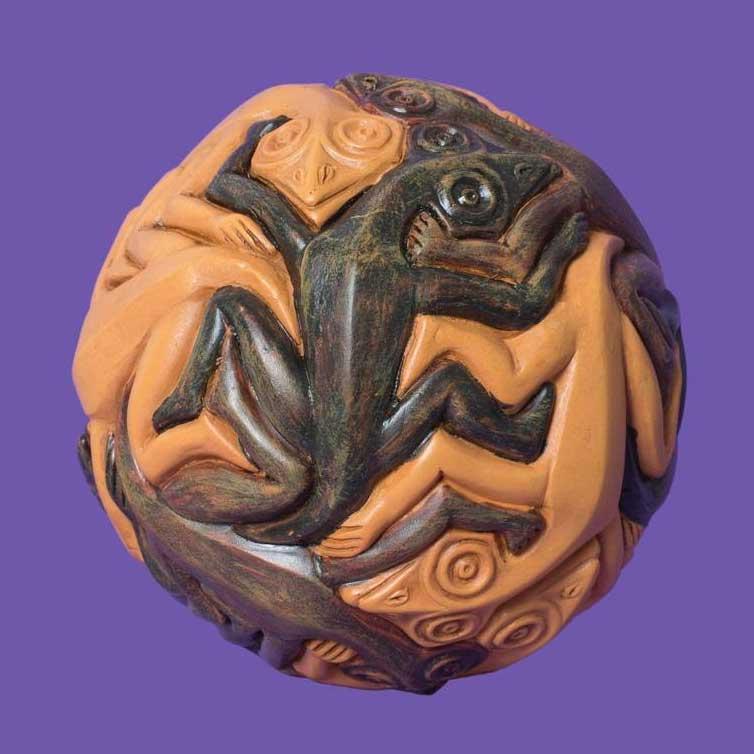
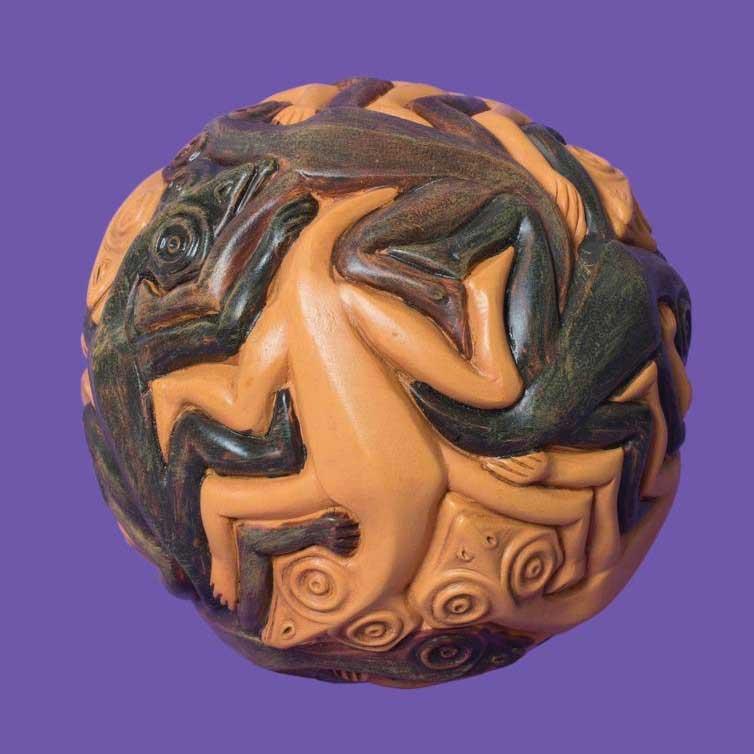
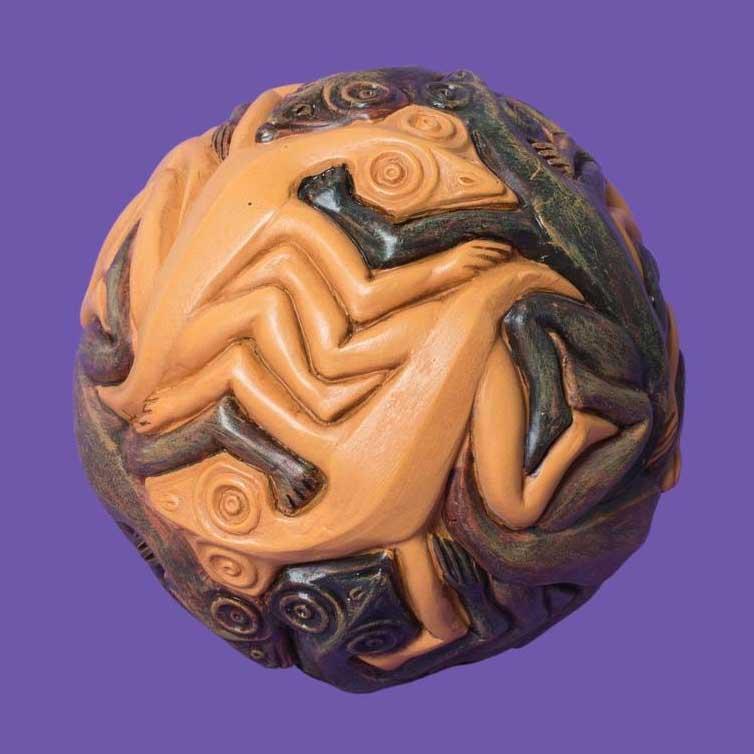
It is a fact that this is the only Dutch artwork that can be found as a rap by MC (Master of Ceremonies) Escher in an American animation series by Seth MacFarlane: ‘Going up the stairs and going down the stairs and going up the sideways stairs!' It is also the only Dutch artwork to feature in the popular Night at the Museum trilogy, in which Ben Stiller gets caught up in this mind-boggling staircase during a chase.
Escher may have lived in Baarn for the greater part of his life, but his pre-war travels were decisive when it came to the direction his career would take. His first visit to the Alhambra in Granada in 1922 would be a watershed moment in this regard. The tessellation of a 14th-century Spanish-Islamic mosaic would be a lifelong source of inspiration for Escher, which would put him in a milieu populated by several great minds. Although his name was only featured in the title, Escher found himself part of one of the most unlikely bestsellers of the 1980s, Gödel, Escher, Bach, by the physicist Douglas Hofstadter, by far the most sold book on the Gödel’s incompleteness theorems.
Dunja Nadjézjda Hak, curator at Escher in The Palace in The Hague, which has two spheres in its collection, notices that people are surprised by Escher’s spatial works. ‘It is remarkably clever. Like playing chess in four dimensions.'
As endlessly fascinating as Escher’s work may be, the brilliant artist himself was constantly haunted by doubt:
‘Every time something is said about my work I get this funny feeling: a kind of gawky sense of pride and joy, mixed with fear of its value or its importance being overrated.'
More Escher today

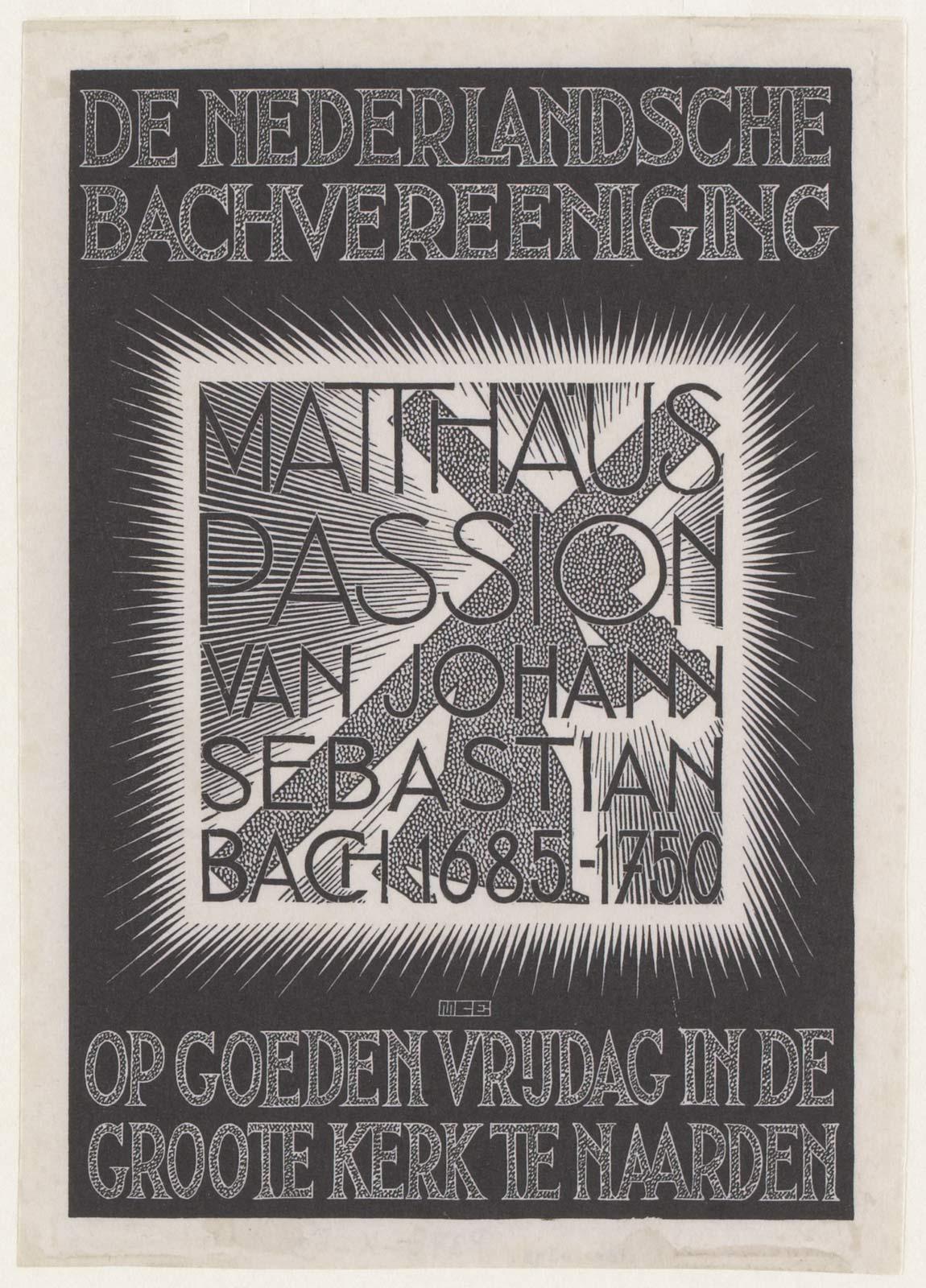
St Matthew Passion programme
